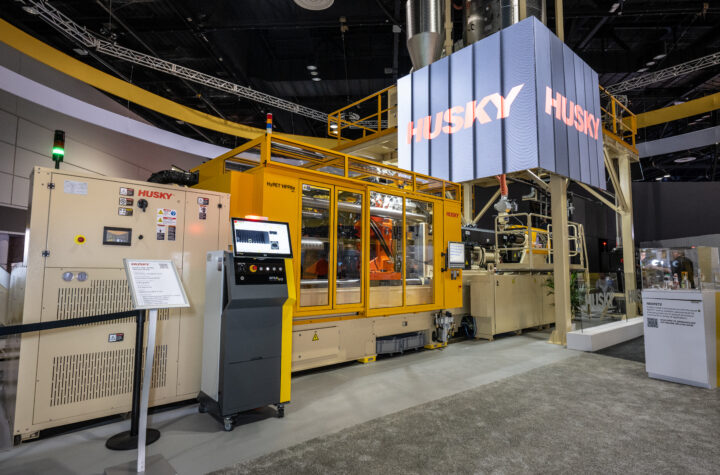 In February 1972, Richard Nixon dropped into Beijing to meet with Premier Chou En-lai and Chairman Mao Tse-tung, which broke the ice on a freeze of more than two decades.
In February 1972, Richard Nixon dropped into Beijing to meet with Premier Chou En-lai and Chairman Mao Tse-tung, which broke the ice on a freeze of more than two decades.
In February 2004, China’s first — actually the world’s first — commercial magnetic levitation railway is now operating. One can now travel at Indy car speed (260 mph) from the new Pudong International Airport to downtown Shanghai 18 miles away in about eight minutes.
You know how long the U.S., Japan and Germany have been playing with maglevs but not getting any traction? Must be close to 20 years. And, actually, the technology in Shanghai is from Germany — which all but donated the trains if the Chinese would build the track. But it’s still a world’s first feat and it belongs to China.
Myriad projects like this one or the Three Gorges Dam in Hubai would be soaking up even more of the world’s raw materials if China had more energy.
Cement and other plants sporadically shut down for lack of power and many businesses install their own standby or prime sets to stabilize production. China produced 220 million metric tons of steel last year, more than the U.S. and Japan combined. It’s the first time that has happened.
In 2003, China added 38 million tons of production over 2002, which is greater than the total output of Brazil, and very nearly as much as Germany. In 2002, China added 31 million tons of capacity, that’s 70 million tons of additional capacity in two years, fairly close to the total production of the U.S. By the end of 2004, China will produce nearly one third of the world’s output of steel. China’s dynamism is in marked contrast to the stagnation elsewhere.
The voracious appetite of China has soaked up scrap metal, pig iron, ore, coking coal and ship bottoms to haul all this raw material.
Steel and scrap prices here in the U.S. have spiked tremendously. Cold rolled steel, at $520 per ton in early February, was up 25 percent year over year.
Scrap moved even more so the mills have had to eat lots of the increase. Number 1 bundles rose from $140 per ton last July to $264 by the beginning of February. Mini mills use a 100 percent scrap charge so they are really up against it.
Integrated mills have more flexibility typically, but not when alternative charge materials are on a slow boat to China. It also takes more weak U.S. dollars to secure materials in this global competition for raw material. Prices aren’t going to pull back anytime soon and the magnitude of the spikes can’t be covered without pass thru to consumers. As if price isn’t enough to cope with, the more frightening dimension is availability.
As my grandmother often said, “What has that got to do with the price of tea in China?” As it turns out, everything!
China's Appetite Crowds Out Other World Players














































 Suppy and Demand
Suppy and Demand



